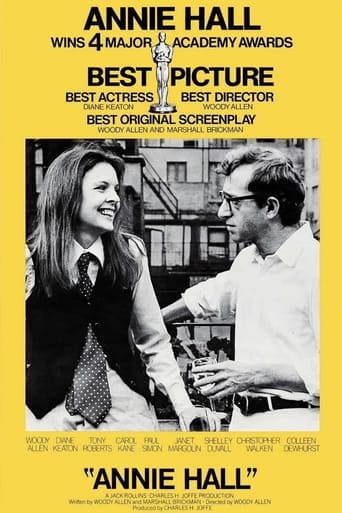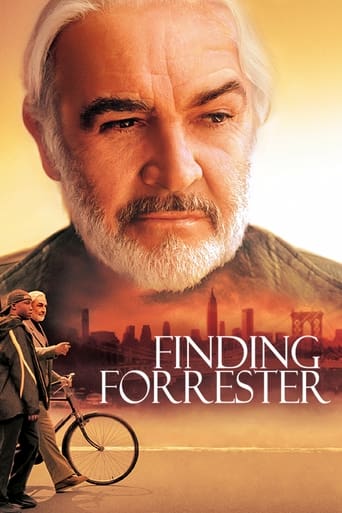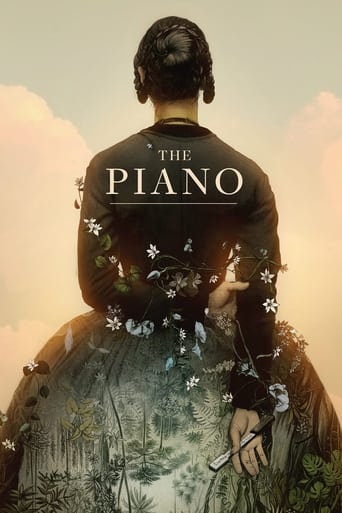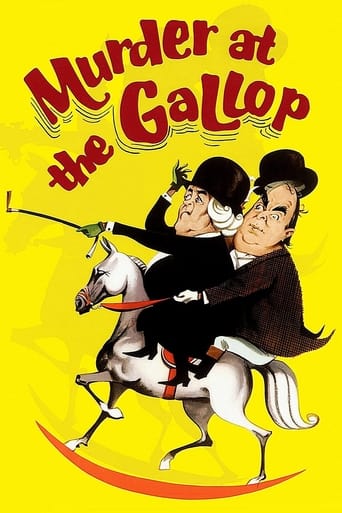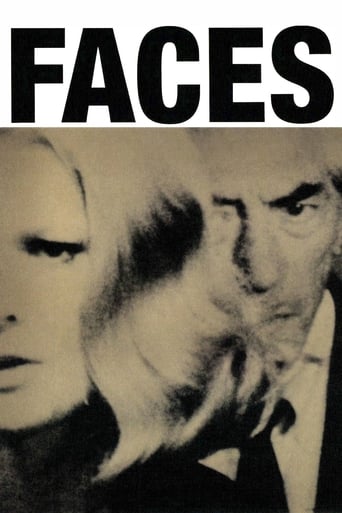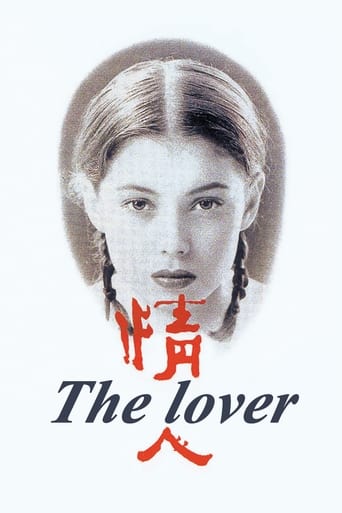
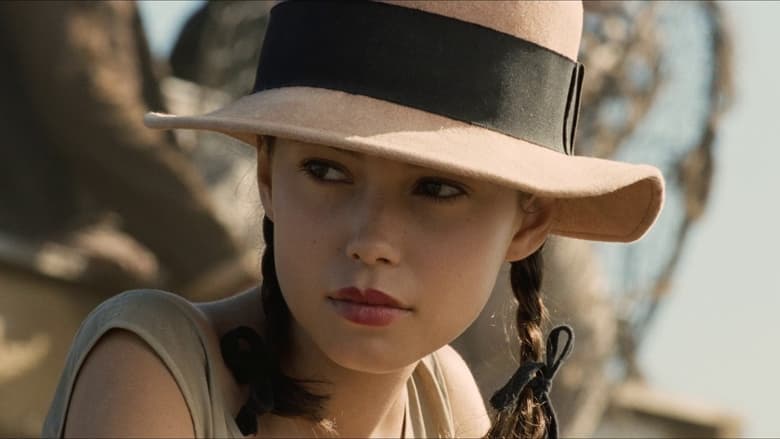
The Lover (1992)
A poor French teenage girl engages in an illicit affair with a wealthy Chinese heir in 1920s Saigon. For the first time in her young life she has control, and she wields it deftly over her besotted lover throughout a series of clandestine meetings and torrid encounters.
Watch Trailer
Cast


Similar titles
Reviews
In French colonial Indochina, a French girl (Jane March) has two older brothers, Pierre and Paul. Pierre is their mother's favorite despite being a thief and a bully. They're in fear of him. She is repatriating him to France after stealing from an opium den. The family is running out of money for him to steal. On a Mekong river crossing, the girl meets a rich jobless globetrotting playboy Chinaman (Tony Ka Fai Leung). She tells him that she's 17 despite being only 15 and a half. He gives her a ride to her boarding school and starts an erotic affair. Her friend Helene Lagonelle is the only other white girl in the school.This is a solid example of the sub-genre of exotic erotica. It's got beautiful naked people but it's not quite overt softcore porn. It's more cinematic than the classic Emmanuelle or other pornographic B-movies. The exotic locations look beautiful. It is visually stunning. The acting is competent. These are actual actors. On the other hand, the story is paper thin. The plot isn't much to talk about but that may be besides the point.
In Jean-Jacques Annaud's flaccid soft-porn melodrama a young French girl is sexually awakened by a polite but torrid affair with a Chinese gentleman in colonial Southeast Asia. The film was adapted from the autobiographical novel by Marguerite Duras, but is actually a dimwitted cousin to 'Last Tango In Paris', with all the pretensions but none of the power of Bertolucci's film (the anonymous characters are identified only as 'the girl', 'the Chinese man', and so forth). The eroticism so vital to the story is further undermined by a script that might have been improved by subtitles (but not by much), and fatally crippled by two leads with little chemistry and even less depth. There's nothing about the vague, passive schoolgirl played by Jean March to suggest she could ever write like Duras, so it's hard to connect the often exquisite voice-over narration (read by Jeanne Moreau) with the empty sentiments coming out her mouth. Desperate publicists tried to drum up prurient interest by circulating rumors that the sex was genuine, but it's a moot point: the love scenes are no more provocative than a gymnastics exhibition, minus the dexterity and grace.
There are three interconnected themes in this film: an impossible love story in the colonial environment of pre-WWII Vietnam, relationships, and the constant crossing of boundaries and borders.I was rather disappointed while reading more than a dozen American reviews of this film penned by professional film critics. Only one reviewer seemed to be knowledgeable about the author and the position she occupies in the world's literature. These film critics concentrated somewhat obsessively on the sexual scenes, which take a total of nine minutes, or 8% of the film's duration. In my opinion, these movie reviews are the result of the genetic puritan attitude that prevails in the American society. Or maybe the reviewers were asleep during most of the film and only woke up for the "good parts?" "The Lover" has nothing to do with pornography. It depicts an intense passion, where, of course, sex plays an integral role. Annaud had no choice but to include this aspect of the story, and he did it in a meaningful and artistic way.The Chinaman has the advantage of being older, male, and wealthy, but he is Chinese -- and she is white. He has "lived it up" in Paris, where he had many liaisons. He is an expert at lovemaking. But he is also vulnerable as an only child, orphaned by his mother, dominated by his father. The Chinaman uses love and lovemaking to shore himself up against his insecurity. He is the archetypal romantic lover, talking to her of love, death, and eternity. His love, while passion-filled and pleasurable, is also an agony and physical torment. He is not at all the dominant, forceful seducer whom she craves. However, we must be careful to remember that we see his desire for the girl only through the narrator's subjective memories.By contrast, we know the feelings of the girl, even though time has certainly altered her memories. Right from the start, the girl refuses to use the language of love, denying the romantic concept of being his only love. The girl's desire for the Chinaman's body is firmly grounded in sensuality as well as in curiosity, but the first appeal she feels upon meeting him on the ferry is for his wealth, his luxurious car, his diamond ring. However, as she sails back to France, we learn that she comes to the realization that she may have loved him all along.As the affair progresses, other figures creep into the sexual imaginary: the young brother, the older brother, her friend Helen, and of course, her mother. There is a mother-daughter love/hate relationship. Duras depicts her mother as an unhappy, driven woman. She admires her mother's quality of perseverance, yet Duras cannot forgive her mother for the life of poverty and degradation, nor for her mother's excessive love for her oldest son and apparent failure to love her two younger children.And of course, Duras cannot forgive her mother's opposition to her becoming a writer. With her lovemaking, the girl experiences a triumphant sense of separation from and superiority over her mother. She is trying to eradicate the mother, to escape the stranglehold of their mutual hatred. The daughter's drive toward the lover, toward social disgrace and reputation, without understanding it herself, is to "punish" the mother.The girls' love affair with a Chinese man is also a giant step toward her liberation from the tyranny of her elder brother. It is somewhat ironical that the older brother's gambling, drug-addiction, and social marginalization are mirrored in the way her lover spends his days gambling and smoking opium.Finally, there is an undercurrent theme which runs throughout the film, which is that of boundaries and borders. The film opens with a ferry ride across the Mekong and ends with an ocean crossing, signaling the constant crossing of frontiers and borders: geographic of course, but also racial, cultural, and sexual. These are confronted and sometimes dissolved as the poor white girl of French parentage meets her wealthy Chinese lover in the Cholon, the ill- repute Chinese district of Saigon. She, a white girl, was raised among natives, almost as a native. He is a native who experienced the western culture and somehow longs for it.There is also the transitory period of the girl's adolescence, between what remains of her childhood, and the onset of her womanhood. On the ferry and on the steam liner, the girl wears a child's pigtails, but she is dressed in women's clothes. The gender roles are somewhat blurred, too: she wears a woman's dress, but also a man's hat, in a color that signifies femininity. The boarding school in Saigon is home mainly to the abandoned mixed-blood daughters of local women and French fathers. The girl has an intimate friendship with Helene Lagonelle, which is ambivalent and perhaps sexually charged. The girl is unable to treat the Chinaman with even a modicum of courtesy when she is with her brothers because he is Chinese, not white. In the public bus, she rides in front, separated from the locals, yet in her private home, she lived as a native. In the cocoon of the "garconnière," she is separated from the crowd on the street by only thin cotton blinds. There is even a meta-boundary crossed, as Duras takes her memories and feelings and externalizes them in the form of her writing. What has been internal and private becomes external and public."The Lover" is an autobiographical love story set in a post-colonial environment. We owe the remarkable transcription of this literary masterpiece to the artistry and creativity of Jean-Jacques Annaud. In this production, he has successfully combined two art forms, the beauty of the written word with the fascination of the image. I believe that the film has been, for the most part, misunderstood in this country, and I would recommend a second, more open-minded look at it. It will be a worthwhile experience.
This is a love story , not a pornographic movie. The scenes dealing with sex are wonderfully filmed, as no other director has done it before. Sex doesn't belong to the instinctual side of the human beings here, sex is about self discovery and the discovery of a new world. This self discovery brings not only passion, but also other feelings like hate, shame, anger, guilt and love. I don't know why people ask if the sex scenes are real or not because this is not the point here, it is the love story that's interesting, not the problem of the actors having intercourse or not. The fact that the movie is based on M. Duras's novel, explains the poetic language used by the narrator.










